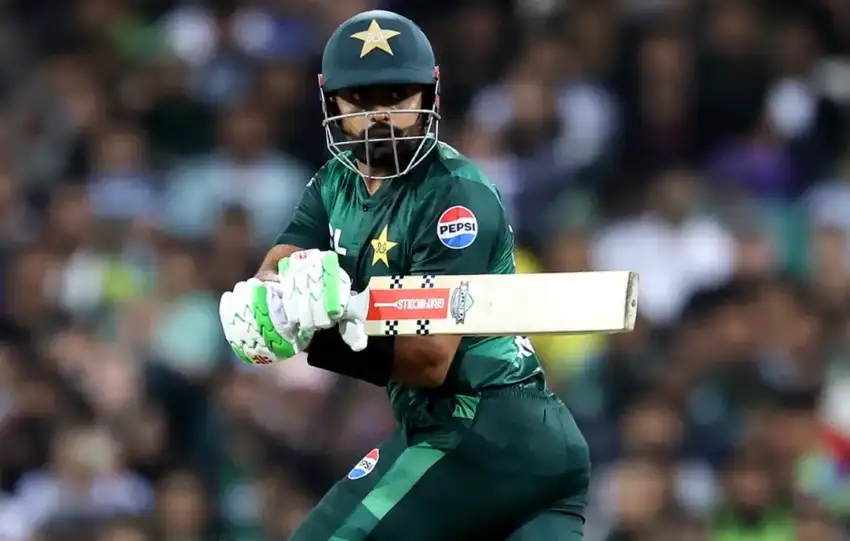Pakistan is negotiating with Independent Power Producers (IPPs) to curb energy costs and address rising circular debt. The government recently terminated contracts with five redundant IPPs and is revising agreements with bagasse-based IPPs. These moves aim to cut unnecessary capacity payments by adopting a “take-and-pay” model, where payments are only made for energy actually used.
No Impact by PPA Terminations or Take & Pay Models
Next, negotiations will target 18 IPPs set up under the 1994 and 2002 policies, followed by wind-based IPPs. However, experts warn these reforms will only lower costs by around Rs2 per unit—not enough to counter declining demand.
CPEC Projects
Restructuring Chinese debt, especially for CPEC-related projects, could provide long-term relief, but progress stalled after a tragic incident near Karachi airport. The Private Power and Infrastructure Board (PPIB) has asked CPEC IPP owners to request lenders consider debt restructuring. However, as CPEC is a government-to-government initiative, the impetus must come from diplomatic channels.
Tax Adjustments & Sector Reforms
To relieve consumers, talks with the IMF aim to reduce taxes on electricity by shifting them to petroleum products, encouraging EV adoption. However, true reform requires opening the energy market and privatizing distribution companies to improve efficiency.
Conclusion
While these negotiations are steps toward cost control, they are short-term fixes that could hinder future power demand and investment in Pakistan’s energy sector. Without comprehensive, long-term reforms, these adjustments risk limiting growth and stability in the power supply, posing challenges for Pakistan’s future energy needs.



